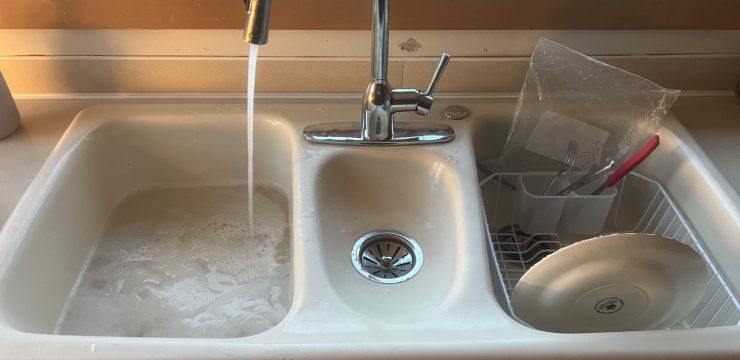If you’ve ever driven more than one car or spent time at a busy gas station, you’ve probably noticed something that catches many people off guard—the gas tank isn’t always on the same side. One car might have its fuel door on the left, while the next one has it on the right. At first glance, this may seem like a minor or random design detail, but in reality, there’s a lot of careful planning that goes into deciding where a car’s gas tank should be. Auto manufacturers don’t just flip a coin. The placement is influenced by a mix of design priorities, engineering constraints, safety standards, production processes, and sometimes, even regional customs.

One of the key reasons behind the varying gas tank locations has to do with vehicle design and engineering. Automakers work hard to perfect weight distribution in a vehicle because it directly affects the car’s balance, handling, and performance. In certain models, placing the fuel tank on one side may help offset the weight of other heavy components like the engine or transmission. For instance, if the engine sits slightly off-center, placing the gas tank on the opposite side can help even things out. The goal is to create a car that handles smoothly and safely under different driving conditions, and the gas tank’s location plays a part in achieving that balance.
Another major factor is how the internal components of the car are laid out. Modern vehicles are packed with complex mechanical and electrical systems, and all of those parts need to fit within the limited space of the car’s body. Depending on where other parts like the battery, exhaust system, or suspension are located, engineers may have limited space for installing the fuel tank and routing the fuel lines. As a result, the side chosen for the gas tank often comes down to fitting everything efficiently without compromising performance or safety.
Safety regulations also heavily influence where the gas tank can be installed. Cars must meet strict crash test standards, and part of those tests evaluate how the fuel system holds up in a collision. Placing the gas tank in a location that minimizes its exposure to impact during a crash reduces the risk of fuel leaks or fires. For this reason, manufacturers might position the tank away from crumple zones or areas that are most likely to be hit in an accident. These safety considerations can sometimes override other design preferences and lead to the tank being placed on a particular side.
The manufacturing process itself plays a role as well. Cars are built in assembly lines, and every step of production is timed and optimized for efficiency. If installing the gas tank on one side makes it easier for robots or workers to access and install the component, then that’s often the side it goes on. It can also be about making maintenance and repairs more accessible later down the road. By choosing the side that simplifies both production and service, manufacturers can keep costs down while still meeting design and safety standards.
Although it’s not the top priority, driver convenience does sometimes come into play. Some automakers consider how easy it will be for the driver to access the fuel door from their seat, especially in crowded gas stations. Placing the gas tank on the driver’s side can make it more intuitive and reduce the chances of pulling up to the wrong side of the pump. That said, this varies greatly between brands and regions, and convenience alone rarely dictates placement.
In certain countries, local driving norms can also have an effect. For example, in nations where people drive on the right side of the road, having the gas tank on the right can make it easier to pull into a station. However, this isn’t a strict rule, and you’ll still see vehicles with tanks on either side regardless of the country.
If you’re driving a car you’re not familiar with, you can easily find out where the gas tank is by looking at the fuel gauge. Most modern cars include a tiny arrow next to the gas pump icon that points to the side where the cap is located. This small detail saves time and eliminates guesswork when it’s time to refuel.
So, the next time you wonder why your car’s gas tank is on the “wrong” side, remember that it’s not random. It’s the result of thoughtful engineering decisions that take into account everything from vehicle balance and safety to production efficiency and convenience. Automakers have a lot to juggle when designing a vehicle, and even the smallest details—like the location of the gas cap—are chosen with purpose.





